Voigtlander Nokton Aspherical 35mm f/1.2 Lens II Review
Introduction
In the world of Leica camera users, there are Leica lenses then there all others. Although most Leica camera owners look upon other lenses in the market as inferior, the truth is there are many lenses that perform spectacularly. It seems that the world is divided into black and white like those times of the cold war era when you were either pro-west, or you were an outcast. For some reason, for Leica users there seem to be no compromises, it is a matter of status or obsession that a lens with Leica label must be owned to capture great photographs.
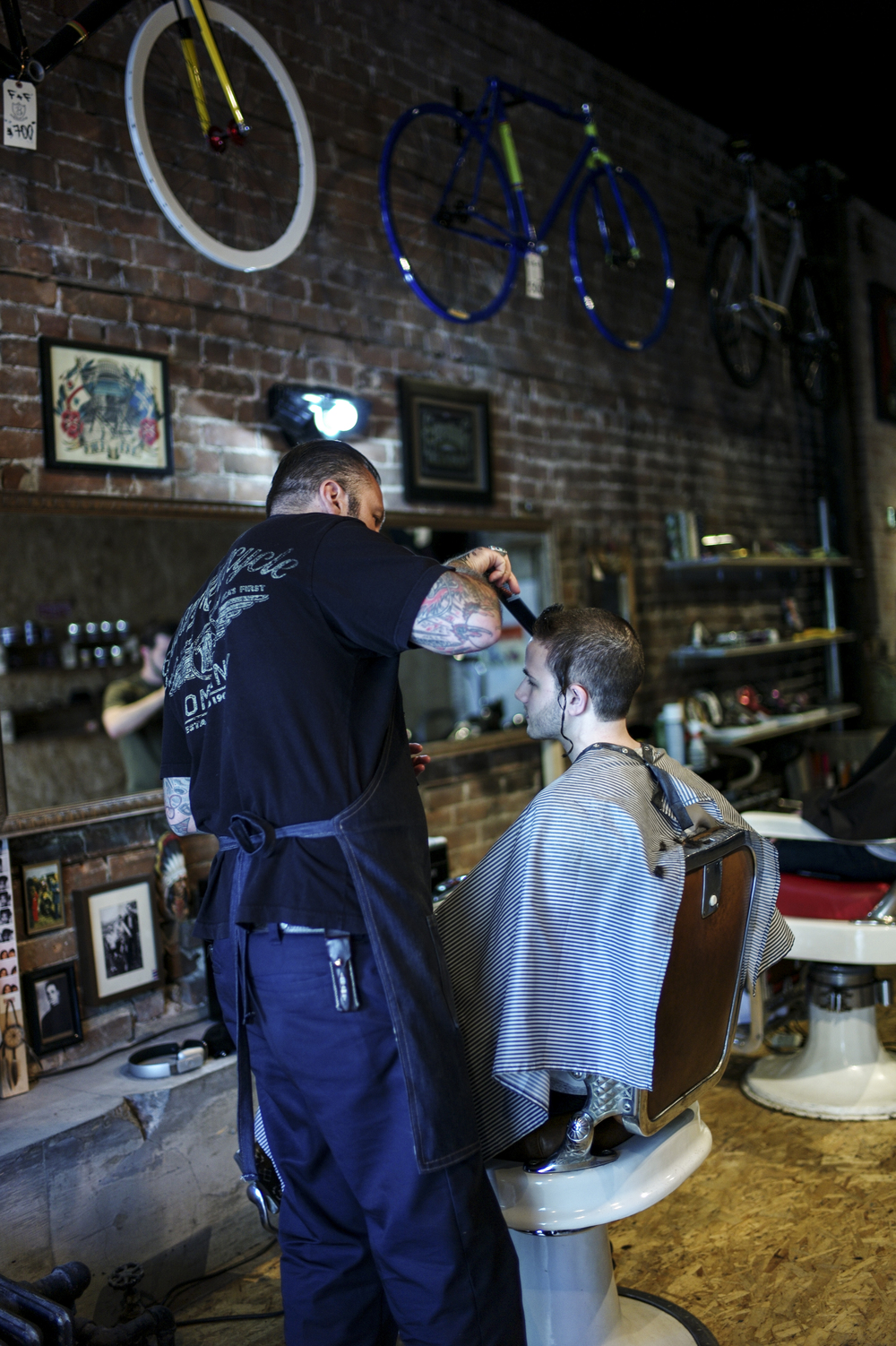
Well, I am here to tell you that some fantastic lenses are very, very reasonably priced that will render images that rival the amazing bokeh, contrast, and sharpness of Leica lenses. Of course, to some there will not be any compromises, so, I understand the reasoning, but for those who wish to strike a bargain for a lens that performs amazing feats, a Voigtlander Nokton 35mm f/1.2 II is one great deal.

Before I go about explaining pros and cons of Voigtlander Nokton 35mm f/1.2 Aspherical II lens, I would like to mention what Leica has to offer. You can choose a Leica Summilux-M 35mm f/1.4 ASPH lens with an aperture of f/1.4 which is not as fast as the Voigtlander at the cost of about three times the price. You can opt for a Leica Summicron-M 35mm f/2 ASPH lens at f/2.0 which is probably the most popular lens among Leica users because it is ‘affordable’ yet lack all the amazing bokeh that the Summilux will render. Then, of course, there is the entry-level Summarit series, Leica Summarit-M 35mm f/2.4 ASPH lens with the widest aperture of f/2.4 which has been upgraded from the previous version of f/2.5.
Some may love me for saying it like it is, some may simply will throw their hands up in disgust but I would not buy either the Leica Summicron-M 35mm f/2 ASPH lens or the summary, not because they are not sharp or contrasty or have amazing history with a great name that has been synonymous with quality, I would not buy it because as much as these two lenses are amazing they render images in a way that does not differential from lenses used on DSLR cameras or could easily be compared to images captured with, say, Fuji cameras.
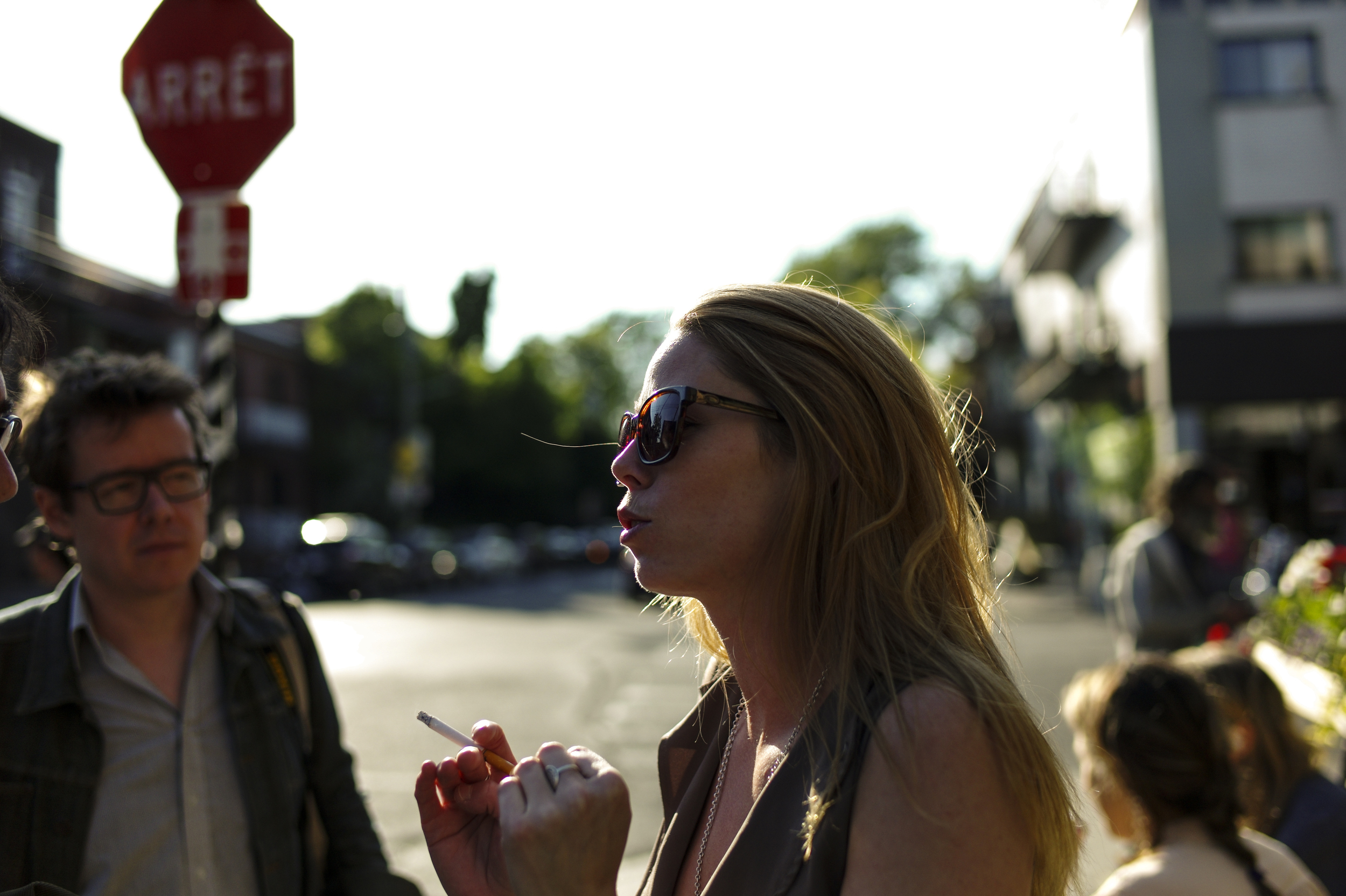
Honestly, when I photograph I want something that no one else can have, Leica Summilux lenses and Leica Noctilux lenses give me exactly that. Summicrons are another story. LeicSummarits, well, they are the perfect lenses for those who are starting out with their first Leica cameras.
I would recommend Leica Summarit line up of lenses to any father that is buying one of Leica’s excellent cameras for their son’s or daughter’s graduation, prudently, without paying out crazy numbers. It is perhaps the lens most suitable for street photography because it is used mostly for daytime with aperture dialed down to have ‘zone system’ to capture random strangers on city streets.
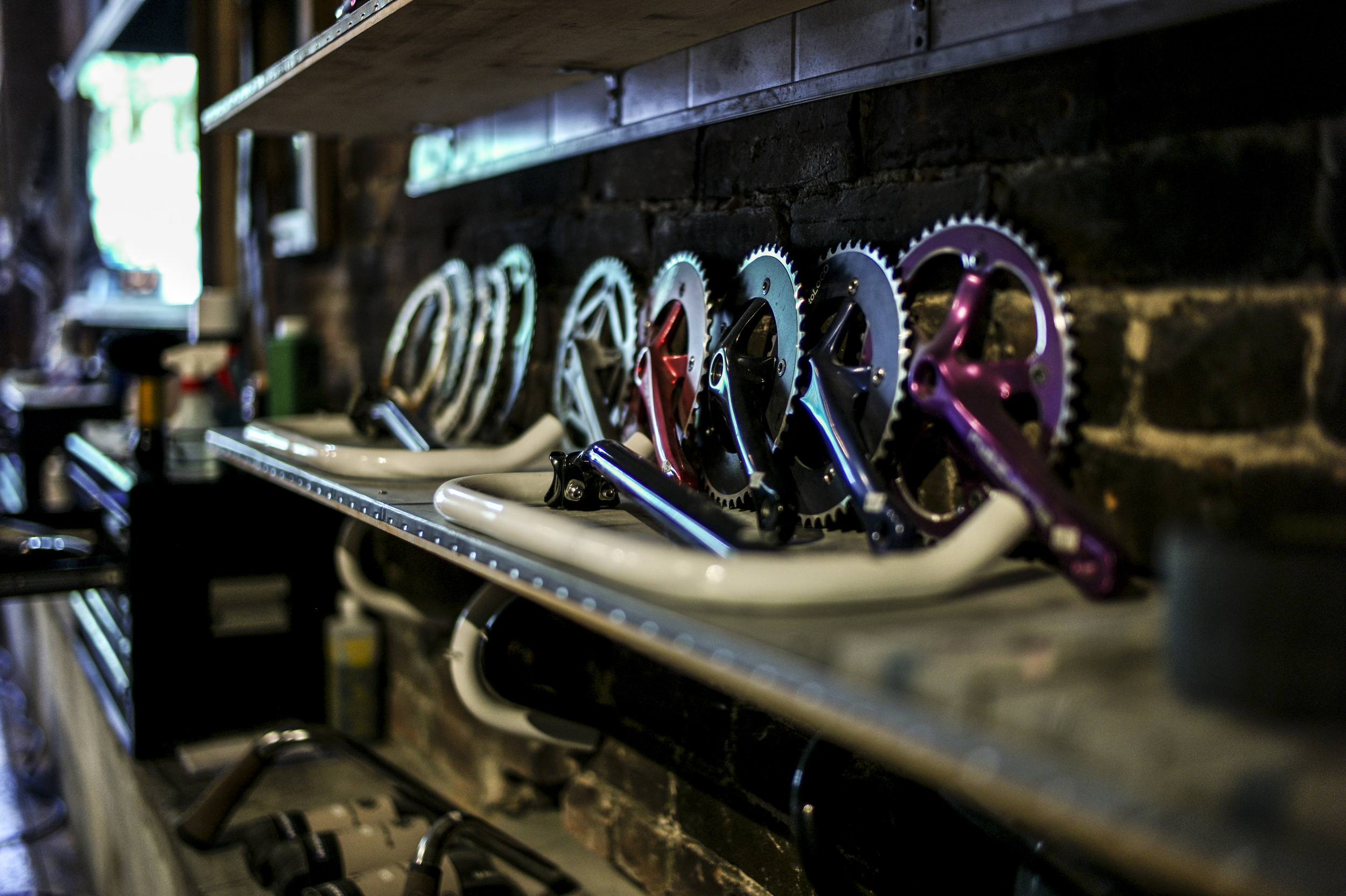
Then, there is Voigtlander Nokton 35mm f/1.2 II. It is an upgraded version of the previous lens which was rumored to cost too much to make it profitable enough for the company to produce. Now, we have the second version with an improved minimum focus distance that is at 0.5 meters while the previous version had a minimum focus distance of 0.7 meters.
What comes with a Voigtlander Nokton 35mm f/1.2 II is a lens design that has aspherical surfaces that improve distortion and image quality. Imagine all the great lenses that Leica has in their line up with aspherical surfaces and then this lens with similar characteristics at a fraction of the cost.
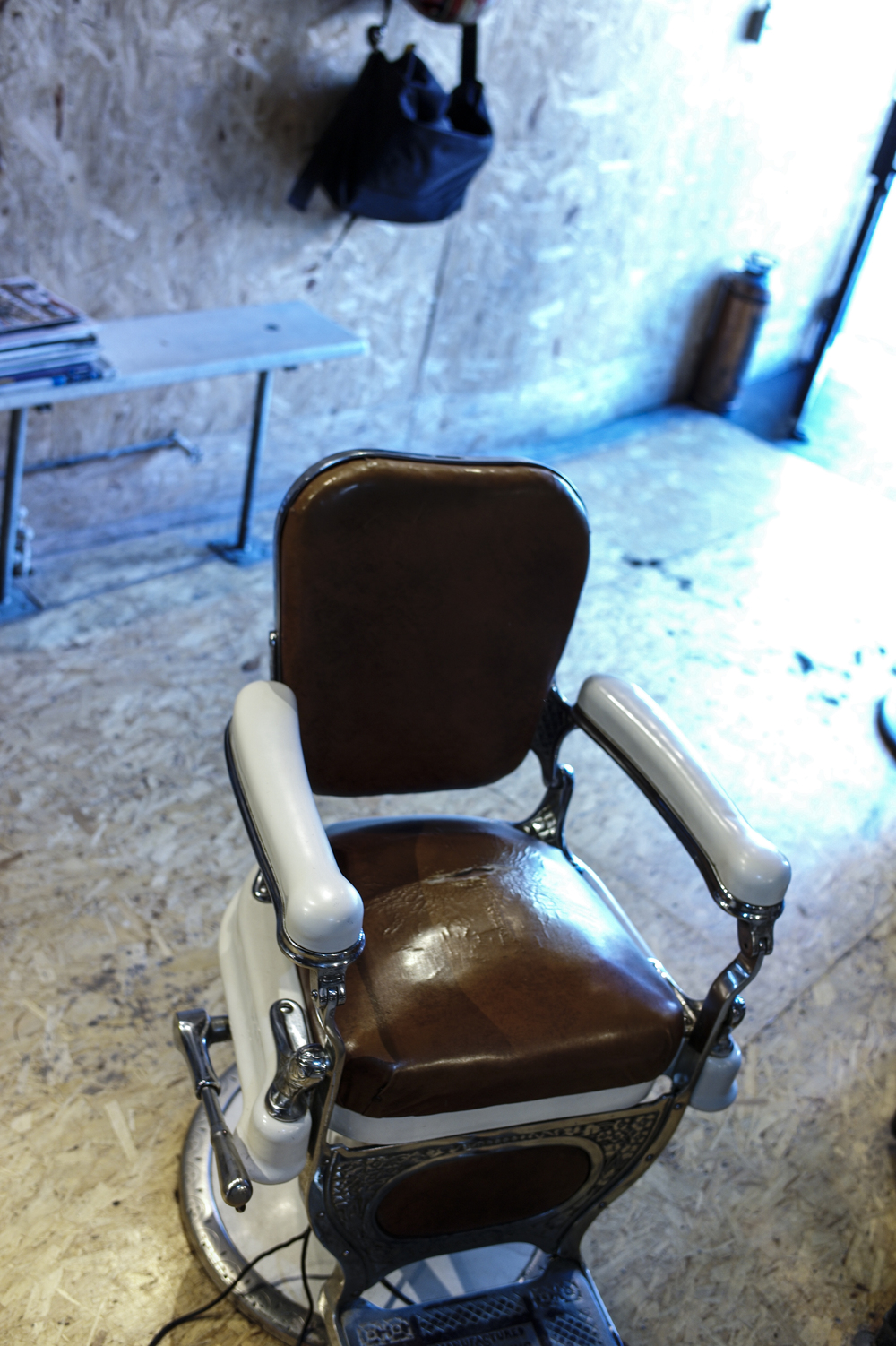
One major improvement over the previous version is the weight and slimmer body that weighs in at 471 grams. Now, by rangefinder standards that are a heavy lens but considering the speed with which even Leica’s best can’t match, it can be regarded as lightweight.
Voigtlander Nokton 35mm f/1.2 lens II comes in black which is a beautiful color for any photographer who wishes to remain discreet. It has a focus ring that is scalloped like the older Summilux lenses from the 60’s, and it is buttery smooth to turn.

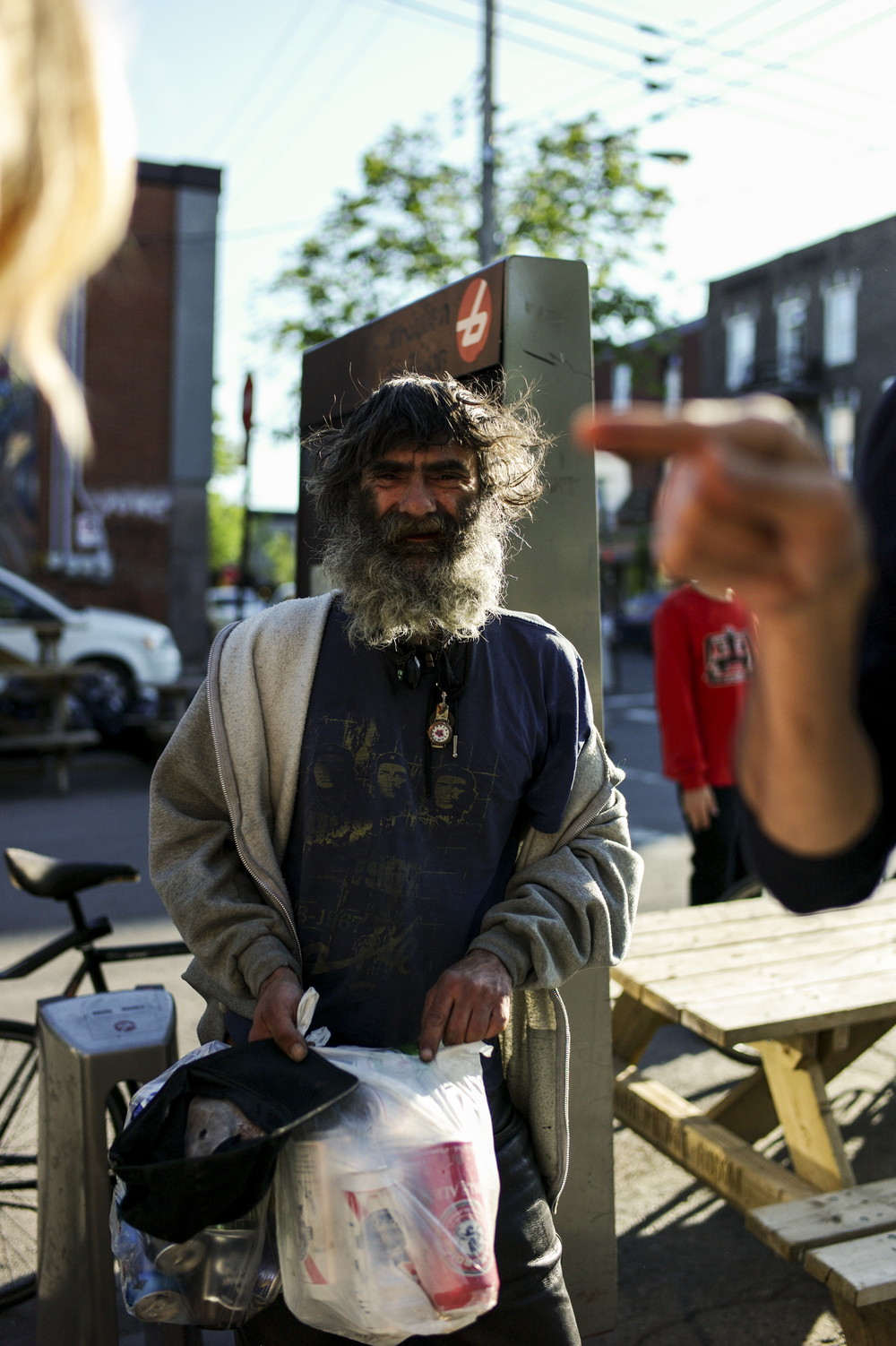
One thing you will notice about this lens is that it has a mixture of classic characteristics of Dr.Walter Mandler’s Summilux lens design which dates back to the 60’s and 70’s and an element rendering images that relates to the modern era. I will explain this in a bit, but I want to tell you one great amazing quality that this lens has over the older generation Leica lenses. It has no focus shift issues.
You see back in the days of earlier lens designs from Leica Camera, the lens, when focused at a particular aperture, would have a problem with the focus shifting when the aperture would be changed. This, of course, became ‘acceptable’ because there were no other lenses on the market that performed as good as Leica lenses did.

In fact, some of the most famous photographs of the last three decades were photographed with Leica’s including such legendary photographs like Che Guevara’s iconic portrait. But times change and technology shifts from the most advanced countries to economies where it is cheaper to produce lenses.
Nikon, for example, manufactures in Philippines and China, Canon’s as well, but Leica lenses have stood fast at manufacturing their equipment in Germany which obviously adds to the cost of their products. Another German company known for their optics is jubilant to have outsourced its production line of Leica mounts to Japan.
I am explaining this is as the technology shifts so do the competition for better lenses from countries that have built up a know-how of production for lenses. Hence, Voigtlander Nokton 35mm f/1.2 II is a lens made in Japan that is to be considered a very well built lens at a cost that would make anyone question why these lenses are so cheap compared to Leica line up. Well, it has to do with production costs and profit margins. Leica does have higher costs and probably much much higher profit margins. This is the reason why you are paying more for their lenses. Understandably, you get to own a luxury good that is made in Germany for the price. The idea can be applied to luxury bags or shoes from Italy and France, but this does not deter people from buying products that have higher profit margins.
Voigtlander Nokton 35mm f/1.2 II is one affordable lens in that respect that will allow you to capture images that are unique in quality to this particular lens. The images are neither truly Leica from the past or the present but contain a bokeh that is superbly delicious.
For those who wish to test out this lens on their M9 or M-240 cameras will quickly notice that the lens balances perfectly on the camera. The built is solid with no cheap, breakable plastic parts. It is designed to serve a lifetime or two without any major repair.
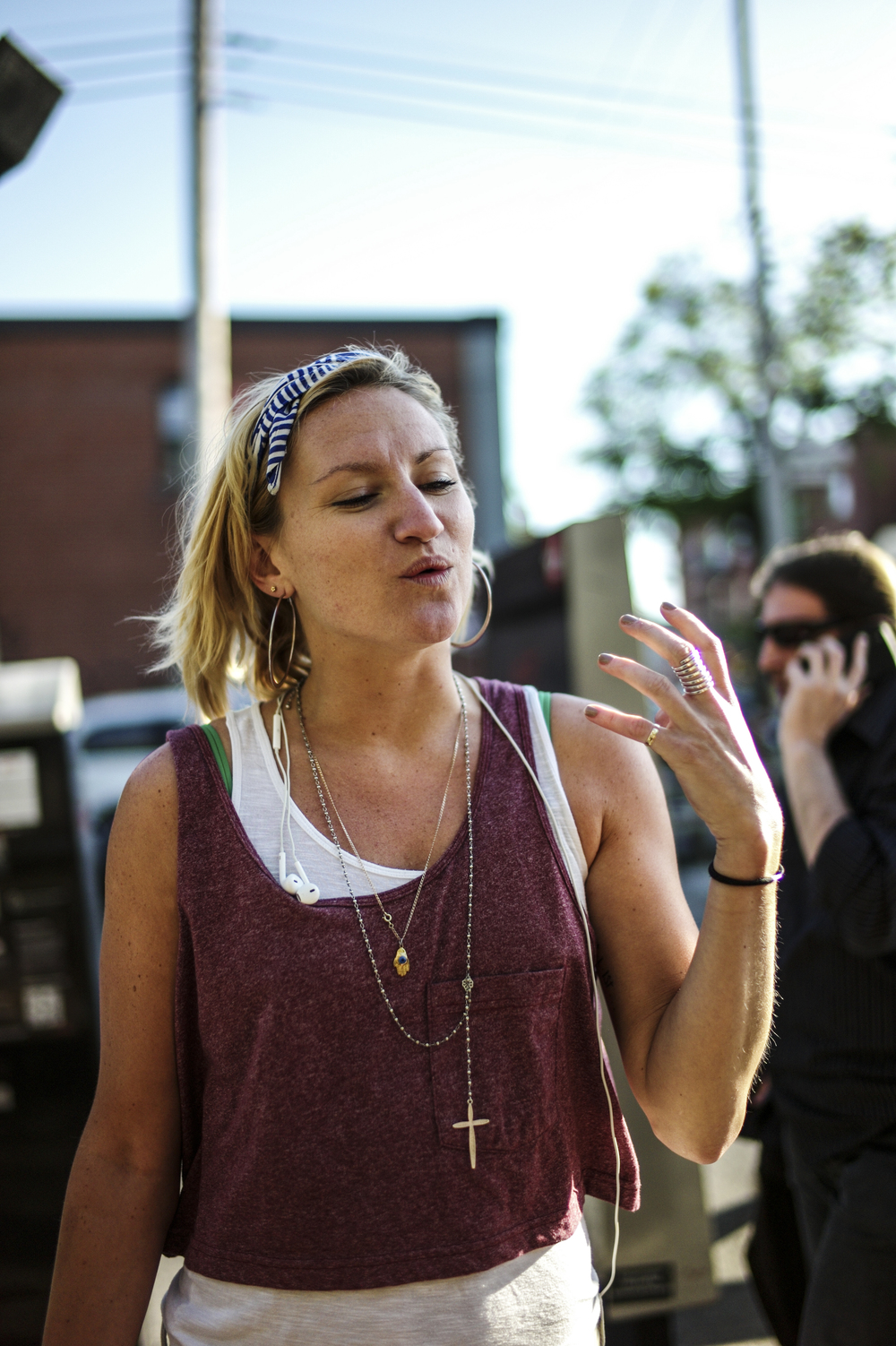
This I think is how all lenses should be built but today we find cheaper plastics seeping into all lens manufacturers line up, yes, even Leica has a plastic focus ring on their Summarit line up. I am not here to criticize Leica for their choice of material, they are a company in business to make money and if the market demands cheaper Leica lenses, well, then they have all the right to produce lenses that are built with cheaper parts.
I would compare this lens to a Summillux, but that would not be fair because the two lenses have a very different look. For one, Summilux contains an element of a modern touch, where the photographs look sharp, contrasty without any noticeable flaws. It is the German dedication to quality that makes a statement saying this is the best rangefinder lens in the world. I applaud this effort. I think there has to be one amazing lens that provides low light capabilities and bokeh that captures images with a modern touch.
For this very purpose, I think Summilux stands alone without any rivals especially if the lens is used at wide open aperture. For all other applications that do not require apertures that are below f/2.0, I can say that any other lens from Leica’s lineup will give you great results.
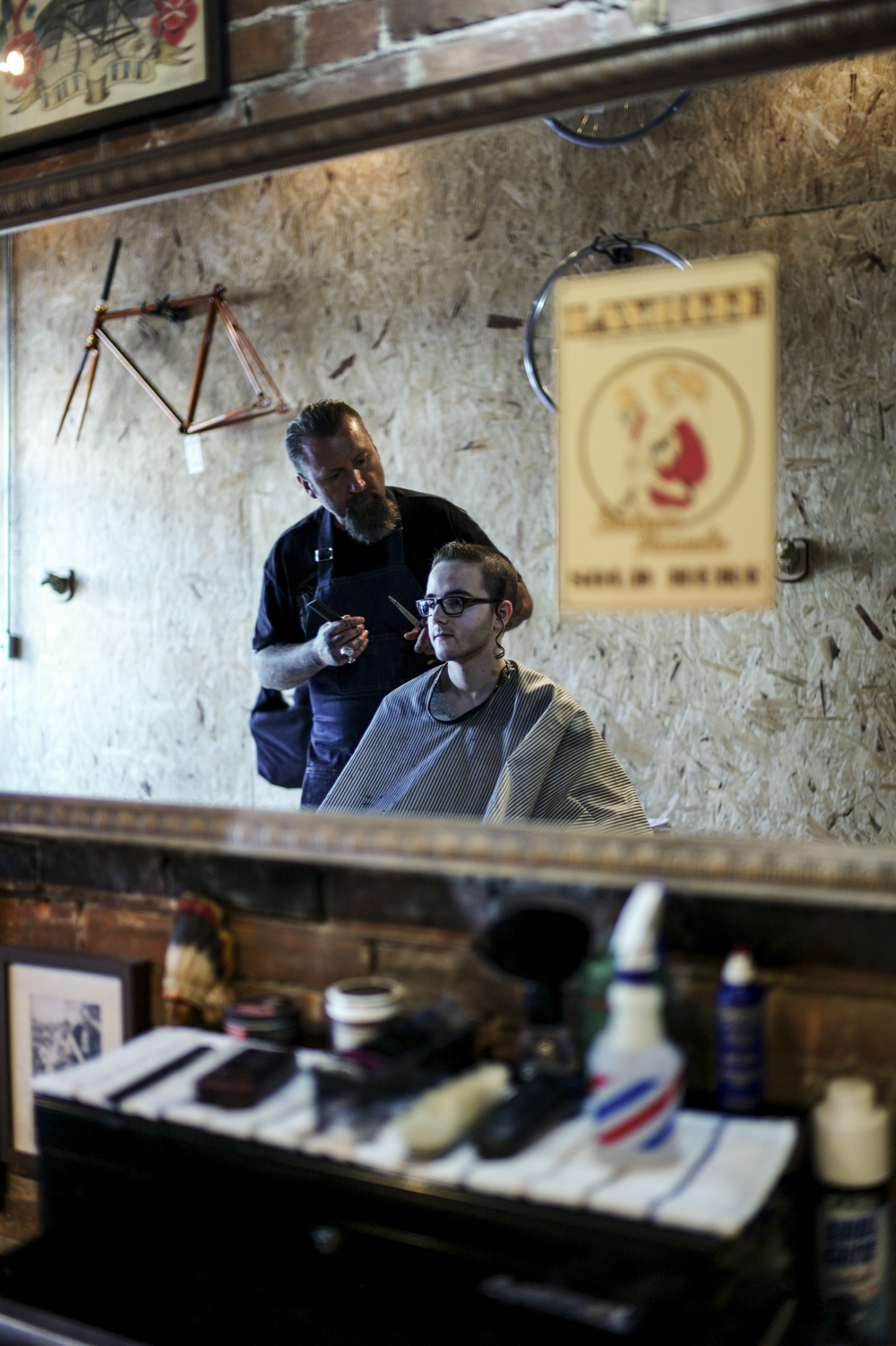
Then, there those of us who have come from the period of film era where we have seen the transition from the dark rooms to the times of digital age. The film on the shelves cameras have virtually disappeared, and computers with powerful software have replaced dark rooms. Today, though we remember the times when Leica’s lens used to render a look that we immediately recognized as the “Leica look.”
This “Leica look” that I am talking about is a look that transcends time which tells a story of an era where photography made a mark on world history before the advent of social media where about 6 million photographs are uploaded on Facebook alone supersaturating the world of images.
Voigtlander Nokton 35mm f/1.2 II is perhaps a lens that allows you to capture a look that is reminiscent of the golden era of photography, the days of rock and roll and hippies, artists with talents. Today, we have DSLR cameras with zoom lenses that shoot seven frames a second and 36-megapixel cameras, but the spirit of great photography has yet to be re-found.
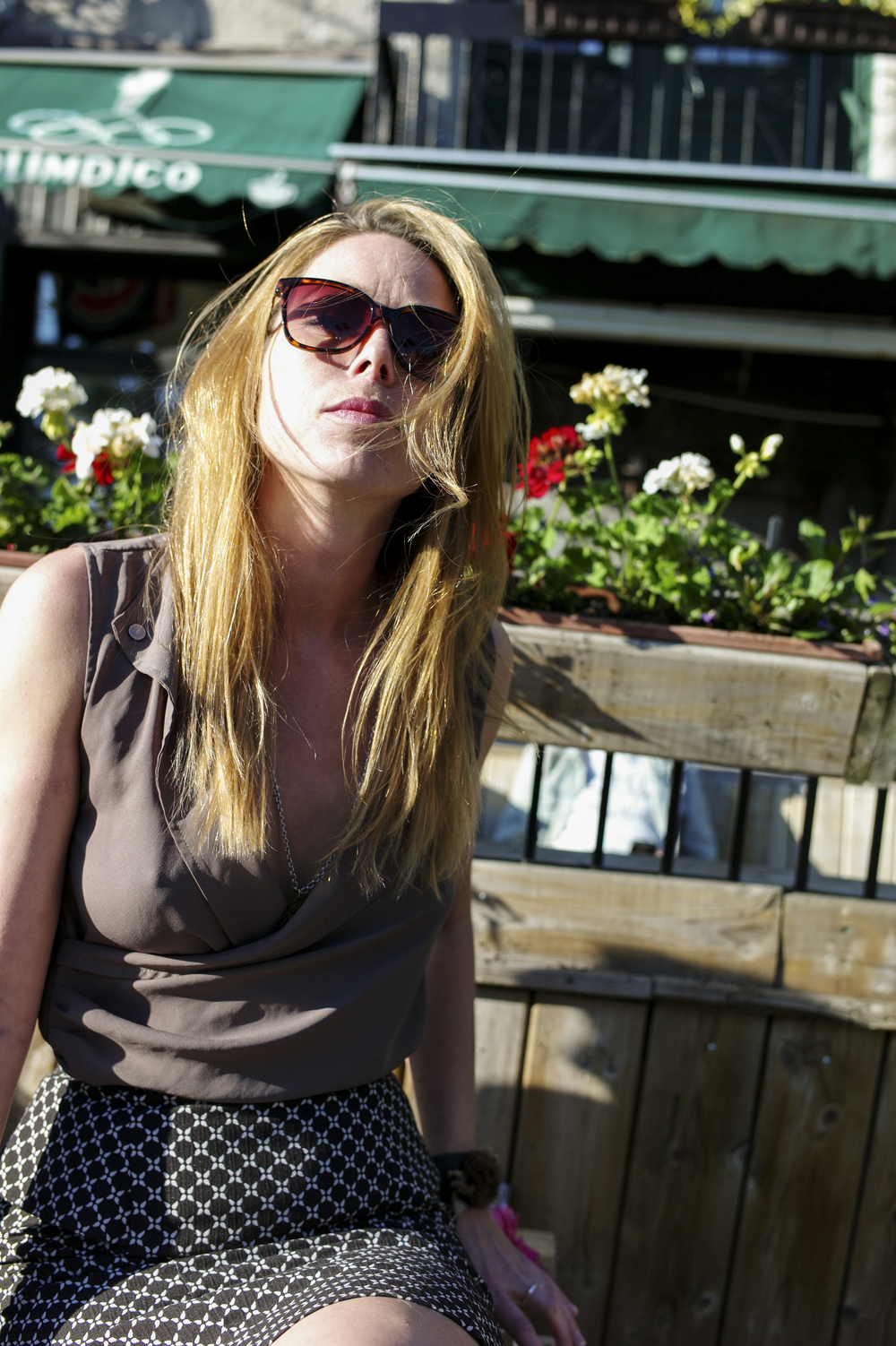
This lens though allows you to capture photographs with that “wow effect.” It is the bokeh and sharpness with a ‘unique touch’ of colors that give a rendering that makes everything in the image have a 3D effect. It is for this reason; I would purchase this lens regardless of its price.
No smartphone or lens that has a minimum f-stop of 2.4 can duplicate the image quality that comes with a lens that can capture images at f/1.2. What makes this lens even more interesting is that when the aperture is dialed up to f/2.0 or higher almost all vignetting is gone and the MFT charts show amazing results where the lines have an almost flat line, indicating that the lens is virtually distortion free.
I wanted to test this lens out, so I placed on my M9 and stepped into my local barber shop. This place is mainly tricky to photograph as the light is coming in from one direction only with no windows at any other side of the space.
On a bright day, shooting towards the back of the barber saloon would require a very different aperture setting than when the camera was pointing towards the door where the light was coming in. I saw this is an as a perfect place to test out the lens at its widest aperture.
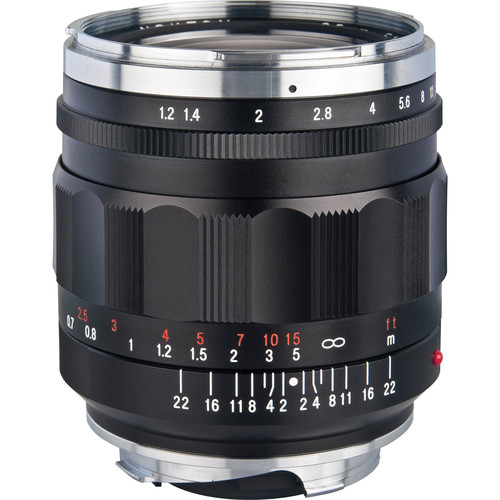
If the lens could perform well without having to push up the ISO when photographing less than an ideally lit place, then it would be a good lens to use for concerts and at night when the light conditions are limited.
First photographs from the back of the camera’s LCD screen showed me that Voigtlander Nokton 35mm f/1.2 II was capturing images with great accuracy. While using the lens at its widest aperture gave an amazing bokeh that highlights an object while leaving out all other nonessential elements in the surrounding. This, I believe is an accurate indication of a great lens.
Lenses that are fast have bokeh characteristics which are often speculated to be as a result of the number of blades in the aperture. Well, if that is any indication this lens has 12 blades which are higher than any other lens that I know in rangefinder mount.
I look at the result, if you have looked at other reviews on this lens, you will see that Voigtlander Nokton 35mm f/1.2 II has rendered incredible results. Bokeh simply pulls the subject out of the background creating an isolated point for the viewer’s gaze to focus upon.

Then there is the element of sharpness; I would say at f/2.0 there is no discernable difference between the sharpest Leica lens and Voigtlander Nokton 35mm f/1.2 II. But the way the colors are rendered is, of course, different than any other lens. I would call this the unique characteristic of a Voigtlander lens. It is not good or bad, it just is a different flavoring of colors which some will adore, and some will simply hate. As far as taste is a concern, it is personal, so I would not pass any comments on this except to say that Voigtlander Nokton 35mm f/1.2 II renders colors in a very life-like quality.
As far as which is the best camera to use this lens with is a matter of preference which comes down to the intent of the photographer. Does he want to capture images that are more modern by using M240 with CMOS sensor? Does he feel that interior space shows best characteristics with CMOS sensor based camera?
In my personal opinion, the answer to above question is yes, CMOS sensor is best if you are after more accurate photographs especially if you are aiming to capture architectural space or images with a modern touch.
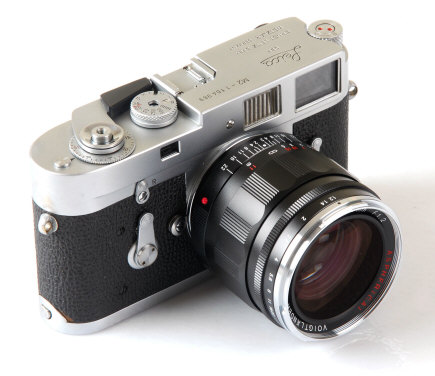
For portraits, I would lean toward using a CCD based sensor like Leica M9 which render images with a touch of nostalgia that resembles photographs that are more surreal than an accurate depiction of ‘reality.’ The bokeh especially will make the images seem ‘timeless’ and have a quality that makes people often say how did you get that shot.
If you intend on using this lens outdoors wide open on a sunny day, I suggest that you purchase an ND filter. The thread size on this lens is 52mm which 3 or 4 stop filter would serve ideally.
One recommendation I would have for anyone who has a Leica Monochrom camera to use Voigtlander Nokton 35mm f/1.2 lens II with it. As you will see that the bokeh creates amazing photographs that are sharp in the middle with a smooth transition to out of focus parts in the frame.

I have used this lens for multiple occasion indoors and outdoors; I can say that is an all around great performer. One drawback is that Voigtlander does not provide a lens shade with this lens which I think is a must if you are going to photograph outdoors. At a price, this lens sells for I think the added cost of having to buy a lens shade is minimum.
This lens is highly complex with ten elements in 7 groups which allow for accurate photographs but if you are photographing straight lines and objects on flat surfaces I recommend that you dial up the aperture to gain the best advantage for rendering more accurate and sharp photographs. Otherwise, you will probably be very pleased with the results if you are into photographing people, interior space or in low light situations.
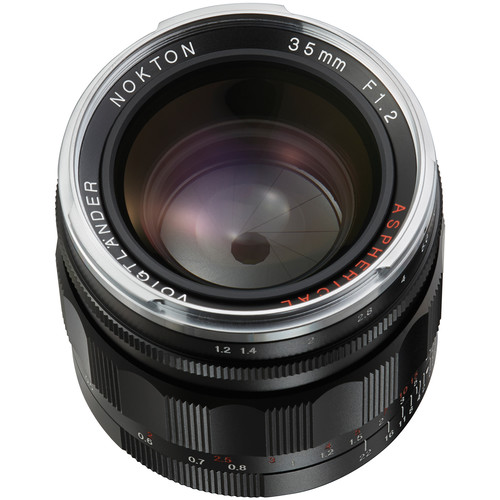
One last thing I would like to tell you is that Zeiss has recently introduced a lens at 35 mm focal length at f/1.4 which is also a fantastic lens but at a higher cost. If you wish to read on this lens, please visit our reviews section on our website for more in-depth information.
If you are in the market to buy any of the products mentioned in this article you can check out the links below.
Voigtlander Nokton 35mm f/1.2 lens can be purchased used or new, here I have provided links for the best online sites. Most are authorized dealer and the others are reputable dealers. I have also included a list for other alternative lenses that perform well.
Here is the link for the Voigtlander Nokton 35mm f/1.2 lens and other lenses mentioned in this article.
Here are some links to get the best prices on some of the best 35mm lenses:
Leica Summicron-M 35mm f/2 ASPH Lens (Black)
Leica Summarit-M 35mm f/2.4 ASPH. Lens (Black)
7artisans Photoelectric 35mm f/2 Lens
Meyer-Optik Gorlitz Trioplan 35+ 35mm f/2.8 Lens
Handevision IBERIT 35mm f/2.4 Lens
Voigtlander Nokton 35mm f/1.2 Aspherical II Lens
Voigtlander Color-Skopar 35mm f/2.5 P II Lens
Voigtlander Nokton Classic 35mm f/1.4 MC Lens
Voigtlander Ultron 35mm f/1.7 Aspherical Lens
ZEISS C Biogon T* 35mm f/2.8 ZM Lens (Black)
ZEISS Biogon T* 35mm f/2 ZM Lens (Black)
ZEISS Distagon T* 35mm f/1.4 ZM Lens
Other Wide Angle Lenses (Recommended *)
Leica Summicron M 28mm f/2.0 ASPH lens
Leica Summicron M 28mm f/2.0 ASPH lens (Used)
Leica Summilux M 28mm f/1.4 ASPH lens
Leica Elmarit-M 28mm f/2.8 ASPH lens
Leica Summaron-M 28mm f/5.6 lens
Voigtlander Ultron 28mm f/2 Lens
ZEISS Biogon T* 28mm f/2.8 ZM Lens (Black)
7artisans Photoelectric 28mm F1.4 Leica M Mount
Handevision IBERIT 24mm f/2.4 Lens for Leica M (Silver)
Leica Elmar-M 24mm f/3.8 ASPH. Lens
Leica Summilux-M 24mm f/1.4 ASPH. Lens
Leica Super-Elmar-M 21mm f/3.4 ASPH. Lens
Leica Summilux-M 21mm f/1.4 ASPH. Lens
Voigtlander Color-Skopar 21mm f/4 P Lens
Voigtlander Ultron 21mm f/1.8 Lens
ZEISS Biogon T* 21mm f/2.8 ZM Lens (Silver)
ZEISS Biogon T* 21mm f/2.8 ZM Lens (Black)
ZEISS C Biogon T* 21mm f/4.5 ZM Lens (Black)
Leica Cameras:
Used Leica Cameras:
For my upcoming 2019 photography workshops, here are the links
We offer photography workshops around the world specializing in Leica cameras and lenses. You are invited to take part in one because what you gain from a dedicated photography workshop for Leica cameras and lenses. The tips and techniques you will learn in these workshops will take your photography to the next level also will stay with you for a lifetime. We look forward to hearing from you.
I hope you have enjoyed this part of our review of Voigtlander Nokton 35mm f/1.2 lens. If you would like to know more about this lens, please read the next part of our review.
As always, if you have any comments please write to us.
Thank you
Oz Yilmaz
Leica Review Team
